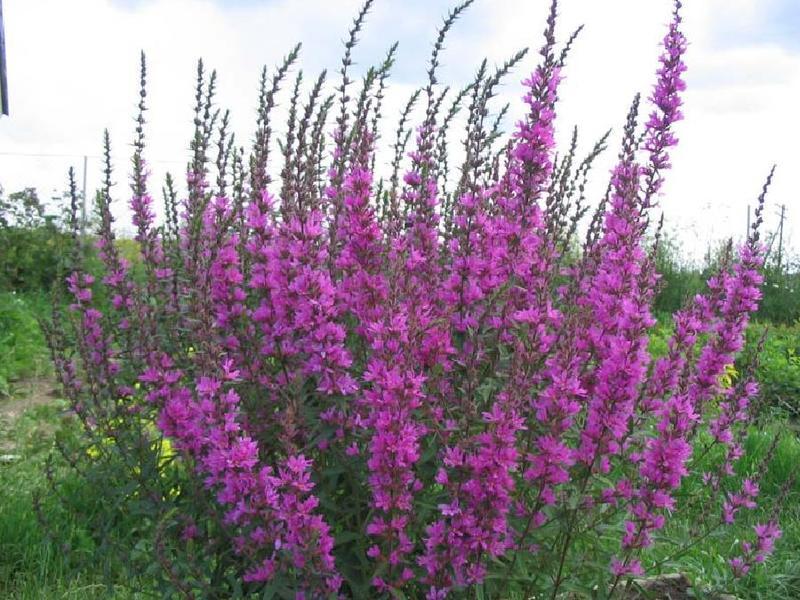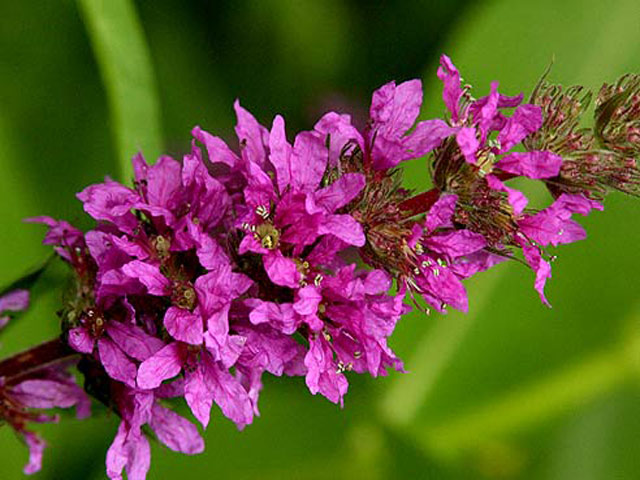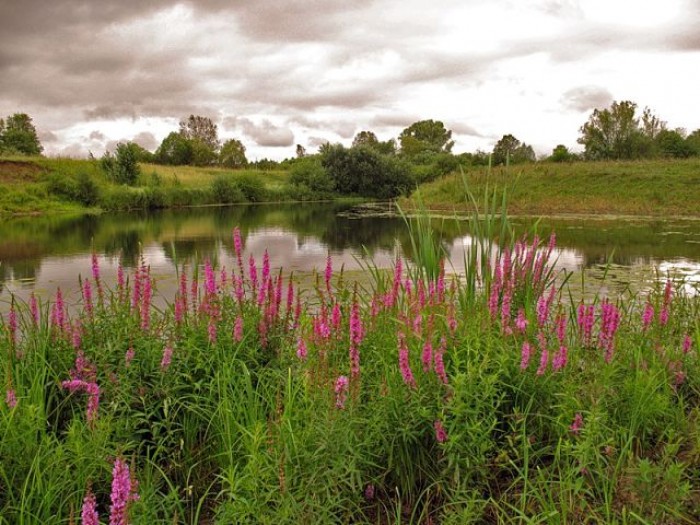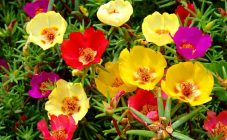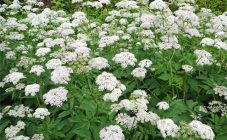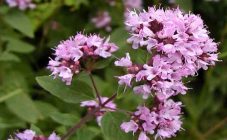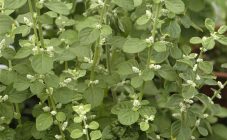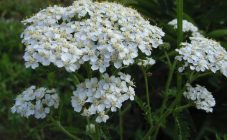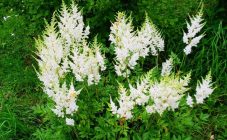Content:
Plakun grass, or common loosestrife, is a perennial plant that is easy to find in swampy places. Around him there are a lot of rumors and legends that tell about the magical origin and miraculous properties. Plakun-grass is first mentioned in ancient mythological legends, as well as in the Bible.
Description
Plakun grass is very fond of wet soils, belongs to the Derbennikov family. The plant got its name for a special peculiar way of getting rid of moisture. It flows down the leaves in the form of drops, and it seems that tears are located on the plant. There are several more popular names that are used in relation to loosestrife: tikun grass or grandfather's grass (beard). Each has its own logical explanation.
A plant in the form of a small bush is found not only in the wild; willow loot is also grown in flower beds as an ornamental and medicinal plant. This perennial is distinguished by its unpretentiousness, dense foliage.
Plakun-grass has a straight tall stem, which is densely covered with bright flower formations, collected in pyramidal inflorescences. Long bloom - from June to late September. Flowers are collected in whorls and spike-shaped inflorescences. After flowering, fruits are formed - oval capsules with small seeds.
Varieties and varieties
There are several varieties of willow loosestrife. They differ in color and flowering shape, as well as the height of the bushes. Among the most interesting are:
- Pink pearl is a low plant, up to 1.2 m. It stands out among other varieties with beautiful flowers that have a pink color with a lilac tint.
- Swiri is a beautiful airy shrub that is widely used in landscaping due to its excellent combination with other plants. The flowers are pink-lilac in color.
- Plakun grass Robert. A compact bush, the height of which does not exceed 60 cm. It stands out among other varieties with a bright salmon-red color of flowers.
- Lady Sackville is a tall shrub that retains its decorative effect for a very long time. Has bright crimson inflorescences.
- Blush. The delicate pink inflorescences of this variety are perfectly combined with other crops in the same colors. Quite a tall plant.
Growing features
The loosestrider loves most of all sunny areas with good airflow, but it will also feel comfortable in the shade. Prefers moist, nutritious light soil. On dry and heavy ground, bushes may not grow at all or look lethargic and unhealthy.
Before planting, organic matter should be introduced into the pit, after planting, young bushes should be thoroughly watered.
You do not need to take great care of the loosestrife; if it grows on the shore of a reservoir, then you do not need to water it. To ensure abundant flowering, a complex fertilizer with a minimum nitrogen content is applied once a season.
In the first year of growth, the grass plucker as a care will be sufficient to regularly loosen the soil and remove weeds.
In the spring, sanitary pruning is carried out, while the entire ground part is removed. You can remove old shoots in the fall, but many leave them to decorate the garden in the winter.
If a loosestrife is used as one of the parts of a landscape composition, then during the year it can be cut to give a certain conceived shape.
Reproduction
Most varieties can be propagated exclusively by vegetative methods: by dividing the bush (in spring) or by root cuttings.
Species varieties are allowed to be grown from seeds, but the plant will bloom only 2-3 years after planting.
Beneficial features
Plakun herb has been widely used in folk medicine. For medicinal purposes, roots, leaves, and stems can be used. The plant can help:
- increased blood clotting;
- with bleeding;
- with dysentery and fevers;
- for the treatment of colds;
- with convulsions;
- to combat insomnia;
- with nervous diseases;
- with rheumatism.
The infusion can be used as a pain reliever. If the wound does not heal, it is recommended to apply the leaf gruel to its surface.
To prepare the solution, the dried greens will need to be poured with boiled water (1 tablespoon per glass of water) and insisted for about half an hour. Take 2-3 tbsp. l. write half an hour before the appointment.
Contraindications
Not only can this herbaceous culture be beneficial. For certain diseases, it is strictly forbidden to take:
- in old age;
- with high blood clotting (use can lead to the formation of blood clots);
- with senile constipation;
- with atony of the stomach.
Also, the plant should be used with caution in treatment for people with high blood pressure - plakun-grass has the ability to constrict blood vessels.
Diseases and pests
At its core, the loosestrife belongs to very strong and hardy crops, yet it is very afraid of aphid invasions. She is able to destroy young shoots and inflorescences. To avoid the dangerous enemy of this plant, you should treat the bushes with infusion. It is prepared on the basis of onion husks, tobacco leaves, tomato or garlic, or from special preparations, which are sold in a large assortment in stores.
Procurement methods
Leaves, stems, flowers and roots can be used for medicinal purposes. The herbal part of the plant should be harvested for future use during the period of active flowering. To dry, cut off the top of the plant. Then the stems with leaves are laid out in a well-ventilated area and left to dry completely. You can also hang dry in a dark room.
The root part is harvested in the autumn. The roots are dug up, cut into pieces and dried at a temperature of 50 degrees.
As you can see, plakun grass is a beautiful ornamental plant that occurs in nature. It is quite simple to grow it in your own flowerbed, decorating it not only with an incredibly beautiful plant, but also useful. Placun herb is used in folk medicine in the treatment of many diseases.
